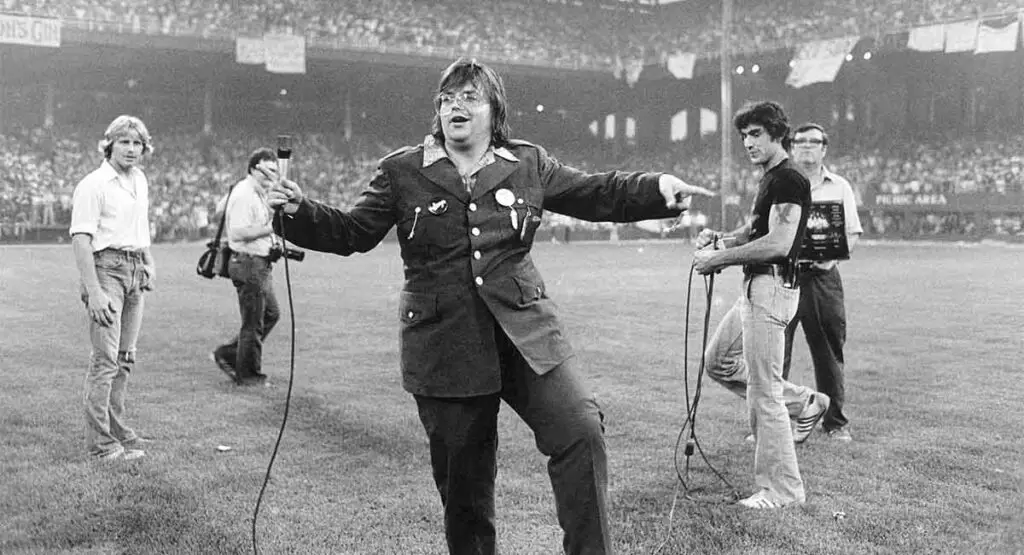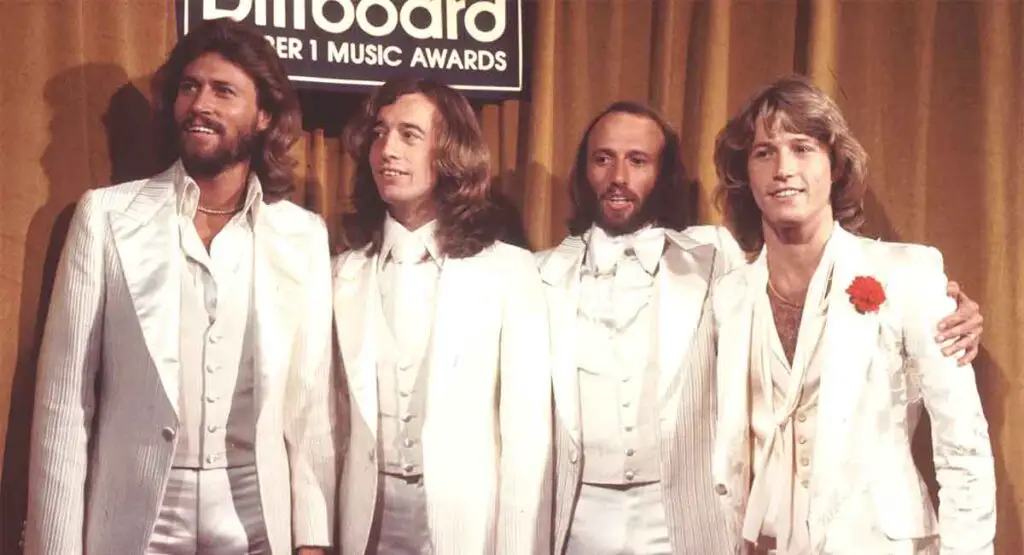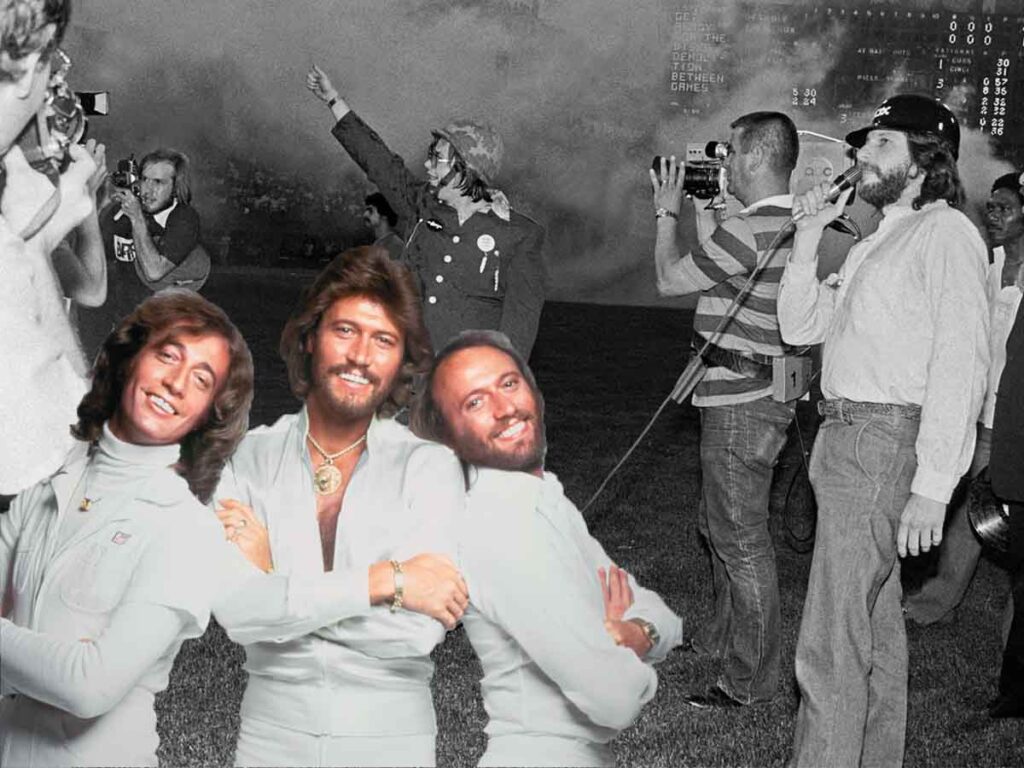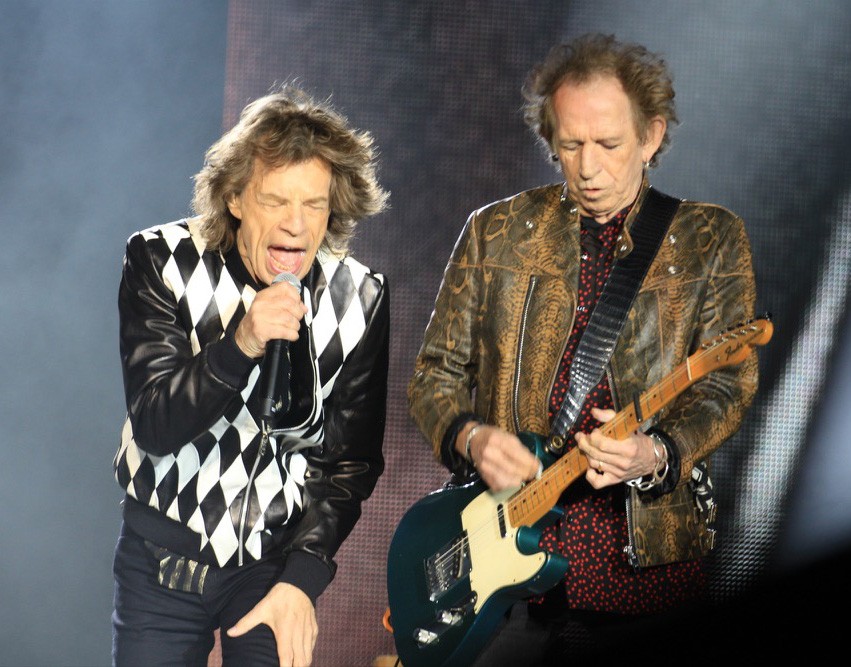The Bee Gees reached stratospheric levels of success in the 1970s, becoming the faces of shiny disco culture with hits like “Stayin’ Alive” and “Night Fever”. Their harmonies and Barry Gibb’s signature falsetto were everywhere, blasting from club speakers and sparking worldwide dance fever.
But America wasn’t entirely on board with the disco train, and a baseball game in Chicago revealed just how heated things had become. Comiskey Park, home of the White Sox, turned into ground zero for an anti-disco riot known as “Disco Demolition Night”.

The big event was planned for July 12, 1979, during a doubleheader against the Detroit Tigers. Under the leadership of local shock-jock Steve Dahl, thousands of fans brought disco records to be blown up on the field, lured by the offer of cheap tickets.
Urinals were later found ripped from the stadium walls, and fights broke out as the crowd screamed “Disco sucks!” into the night air. The field was bombarded with fireworks and vinyl shards when Dahl triggered the massive explosion that sent music records flying.
Burning debris and unruly fans soon took over the diamond, and the police had to come in on horseback to quell the chaos. It became so dangerous that the second game had to be canceled, and the White Sox ended up forfeiting the match.
Many pointed out that disco was closely tied to Black, Latino, and gay communities, and critics accused the riot’s organizers of encouraging bigotry alongside anti-disco sentiment. “It was a racist, homophobic book-burning,” said one eyewitness, reflecting on the deeper meanings of that chaotic night.

Even though the Bee Gees had zero involvement in the Comiskey Park madness, people still tied them to the collapsing disco scene. “We’re just making music,” Barry Gibb argued, explaining that they never wanted to be branded as mere “disco kings”.
While “Disco Demolition Night” inflicted damage on the entire genre, the Bee Gees weren’t about to vanish. Despite radio stations turning against them, they kept writing chart-topping songs for other artists, showing how much deeper their talents ran than any single trend.




